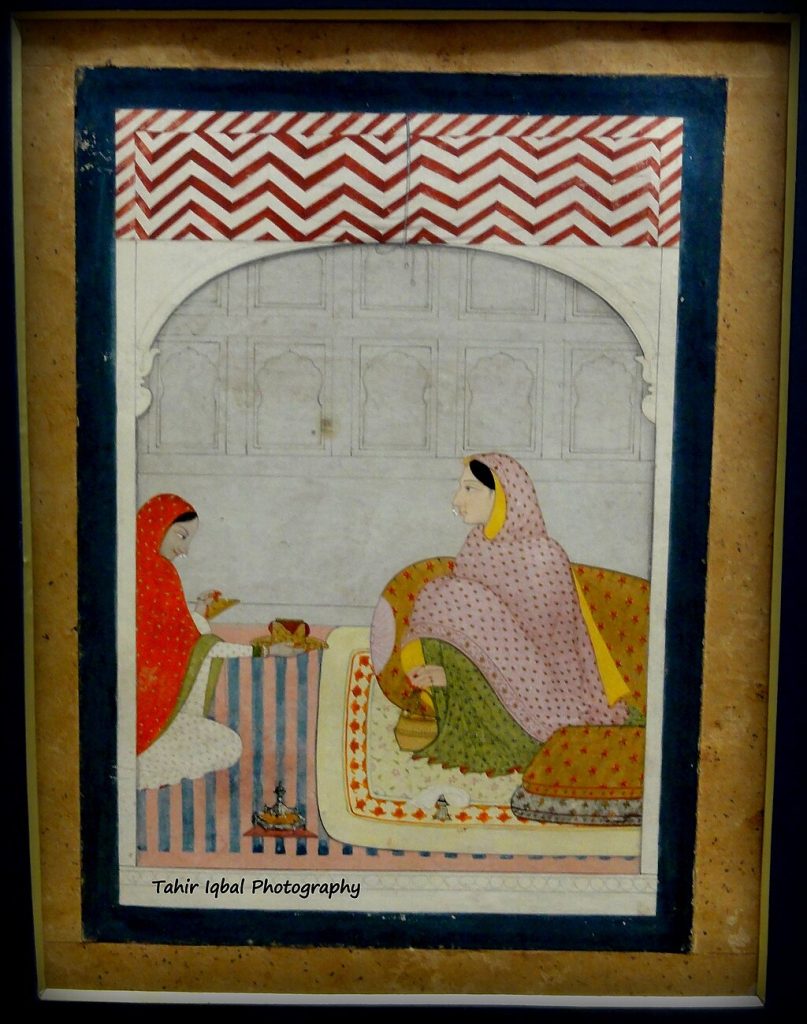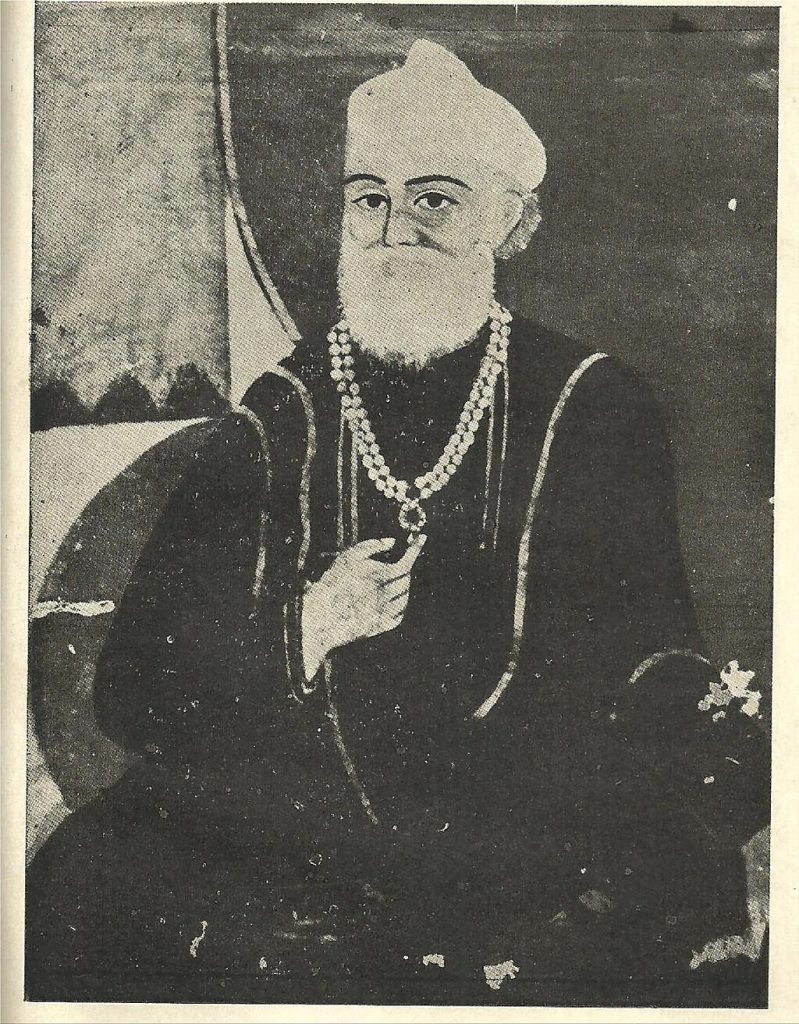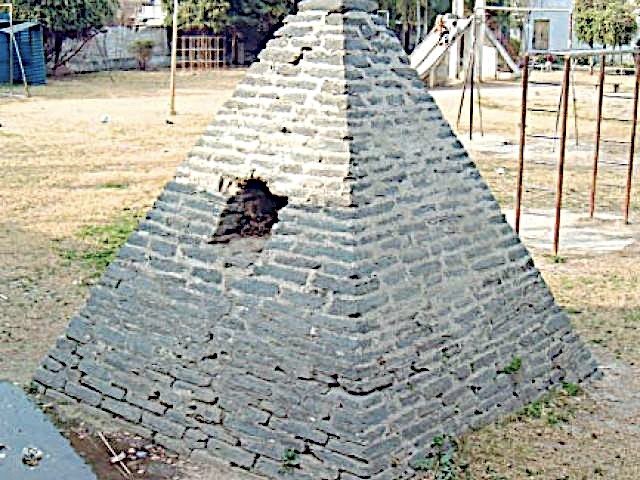Discover Jodh Singh Rosa's valorous military legacy under Maharaja Ranjit Singh, from Lahore's capture to bravery in Kashmir campaigns.
Discover the compelling history of Mahitab Kaur, her marriage, and legacy alongside Maharaja Ranjit Singh. Explore this poignant chapter of Punjab history.
NIDHAN SINGH PANJHATTHA (d. 1839), soldier, minor commander and jdgirddr under Maharaja Ranjit Singh. He acquired the epithet Parijhattha, the "five handed," for his gallantry in the battle of Ten hill (1823). He singlehanded made five Pathans prisoners and captured their weapons. This act of valour earned him the title of Panjhatthd. In every battle, Nidhan Singh was among the first to advance and the last to retreat, and his body was covered all over with the marks of his courage. His great grand father, Dulcha Singh, had been in the service of Raja Ranjit Deo of Jammu, and his grandfather, Ram Dat Singh, is said to have served the Sukkarchakkia family under Mahari Singh.
Explore the history of Qutb Uddin, Afghan chief of Kasur, his battle against Ranjit Singh, and his role in the Sikh-Afghan expedition. A tale of bravery and intrigue.
Explore the storied life of Misr Rup Lal, governor and ally in the Punjab's struggle against British rule. Discover his legacy and impact on history.
Explore the life of Sultan Muhammad Khan, Peshawar's governor in 1830. Discover his alliances, defection, and influence in the Sikh Wars.
Discover the story of Wafa Begam, her brave quest to rescue Shah Shuja, and the famed Kohinoor diamond in 19th-century India.
AKHBAR-I-DARBAR-I-MAHARAJA RANJIT SINGH, also called Akhbari Deorhi Sardar Ranjit Singh Bahadur, is a set of Persian manuscripts comprising 193 loose sheets of unequal size and containing, as the title indicates, news of the court of Maharaja Ranjit Singh (1780-1839). These sheets are believed to be newsletters sent from the Punjab for the Peshwa Daftar at Poona (now Pune). The collection was first discovered in 1932-33 by Dr Muhammad Nazim, an officer of the Archaeological Survey of India, in the Alienation Branch of the Divisional Commissioner\'s office at Poona.
Explore the legacy of Faqir Aziz Uddin, physician, diplomat, and foreign minister, pivotal in 19th-century Sikh foreign relations under Maharaja Ranjit Singh.
Uncover the story of Francis John Canora, an Irishman in 19th century Lahore who rose to Colonel in Maharaja Ranjit Singh's army. Discover his intrigue and downfall.






